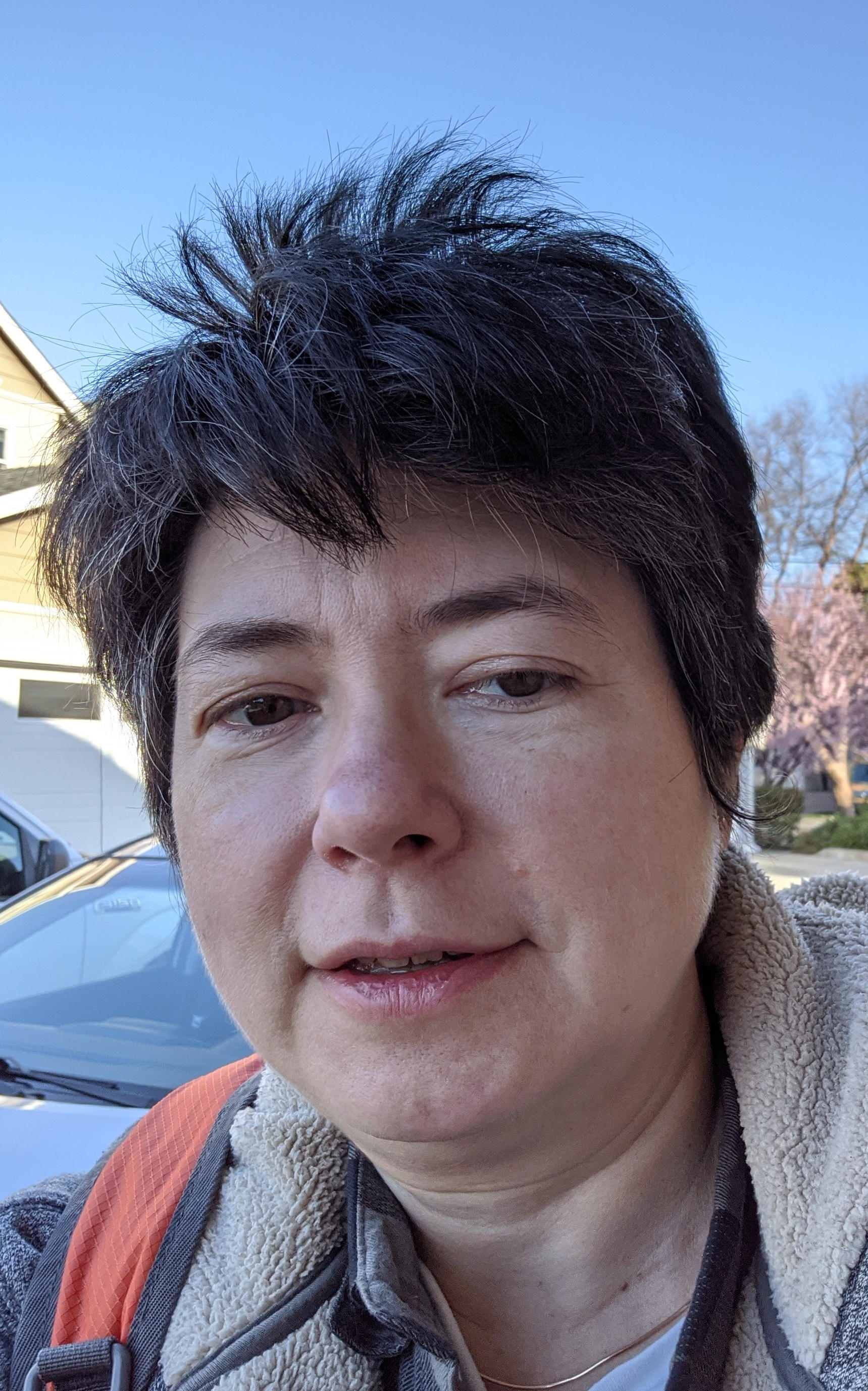
Anna Katanova
Research Areas
Authored Publications
Sort By
Context-aware Transliteration of Romanized South Asian Languages
Christo Kirov
Computational Linguistics, 50 (2)(2024), 475–534
Preview abstract
While most transliteration research is focused on single tokens such as named entities -- e.g., transliteration of "અમદાવાદ" from the Gujarati script to the Latin script "Ahmedabad" -- the informal romanization prevalent in South Asia and elsewhere often requires transliteration of full sentences. The lack of large parallel text collections of full sentence (as opposed to single word) transliterations necessitates incorporation of contextual information into transliteration via non-parallel resources, such as via mono-script text collections. In this paper, we present a number of methods for improving transliteration in context for such a use scenario. Some of these methods in fact improve performance without making use of sentential context, allowing for better quantification of the degree to which contextual information in particular is responsible for system improvements. Our final systems, which ultimately rely upon ensembles including large pretrained language models finetuned on simulated parallel data, yield substantial improvements over the best previously reported results for full sentence transliteration from Latin to native script on all 12 languages in the Dakshina dataset (Roark et al. 2020), with an overall 4.8% absolute (27.1% relative) mean word-error rate reduction.
View details
XTREME-UP: A User-Centric Scarce-Data Benchmark for Under-Represented Languages
Sebastian Ruder
Mihir Sanjay Kale
Min Ma
Shruti Rijhwani
Parker Riley
Jean-Michel Sarr
Cindy Wang
John Wieting
Christo Kirov
Dana L. Dickinson
Bidisha Samanta
Connie Tao
David Adelani
Colin Cherry
Reeve Ingle
Dmitry Panteleev
Partha Talukdar
Findings of the Association for Computational Linguistics: EMNLP 2023, Association for Computational Linguistics, Singapore, pp. 1856-1884
Preview abstract
Data scarcity is a crucial issue for the development of highly multilingual NLP systems. Yet for many under-represented languages (ULs) — languages for which NLP research is particularly far behind in meeting user needs — it is feasible to annotate small amounts of data. Motivated by this, we propose XTREME-UP, a benchmark defined by: its focus on the scarce-data scenario rather than zero-shot; its focus on user-centric tasks — tasks with broad adoption by speakers of high-resource languages; and its focus on under-represented languages where this scarce-data scenario tends to be most realistic. XTREME-UP evaluates the capabilities of language models across 88 under-represented languages over 9 key user-centric technologies including ASR, OCR, MT, and information access tasks that are of general utility. We create new datasets for OCR, autocomplete, semantic parsing, and transliteration, and build on and refine existing datasets for other tasks. XTREME-UP provides methodology for evaluating many modeling scenarios including text only, multi-modal (vision, audio, and text), supervised parameter tuning, and in-context learning. We evaluate commonly used models on the benchmark. We release all code and scripts to train and evaluate models.
View details
Open-source Multi-speaker Speech Corpora for Building Gujarati, Kannada, Malayalam, Marathi, Tamil and Telugu Speech Synthesis Systems
Fei He
Shan Hui Cathy Chu
Clara E. Rivera
Martin Jansche
Supheakmungkol Sarin
Knot Pipatsrisawat
Proc. 12th Language Resources and Evaluation Conference (LREC 2020), European Language Resources Association (ELRA), 11--16 May, Marseille, France, 6494‑-6503
Preview abstract
We present free high quality multi-speaker speech corpora for Gujarati, Kannada, Malayalam, Marathi, Tamil and Telugu, which are six of the twenty two official languages of India. The corpora is primarily intended for use in text-to-speech (TTS) applications, such as constructing multilingual voices or being used for speaker or language adaptation. The data can also be useful for automatic speech recognition (ASR) in various multilingual scenarios. Most of the corpora (apart from Marathi, which is a female-only database) consist of at least 2,000 recorded lines from female and male native speakers of the language. We present the methodological details behind corpora acquisition, which can be scaled to acquiring the data for more languages of interest. We describe the experiments in building a multilingual text-to-speech model that is constructed by combining our corpora. Our results indicate that using these corpora results in good quality voices, with Mean Opinion Scores (MOS) $>$ 3.6, for all the languages tested. We believe that these resources, released with an open-source license, and the described methodology will help developing speech applications for the Indic languages and aid corpora development for other, smaller, languages of India and beyond.
View details
Google Crowdsourced Speech Corpora and Related Open-Source Resources for Low-Resource Languages and Dialects: An Overview
Alena Butryna
Shan Hui Cathy Chu
Linne Ha
Fei He
Martin Jansche
Chen Fang Li
Tatiana Merkulova
Yin May Oo
Knot Pipatsrisawat
Clara E. Rivera
Supheakmungkol Sarin
Pasindu De Silva
Keshan Sodimana
Jaka Aris Eko Wibawa
2019 UNESCO International Conference Language Technologies for All (LT4All): Enabling Linguistic Diversity and Multilingualism Worldwide, 4--6 December, Paris, France, pp. 91-94
Preview abstract
This paper presents an overview of a program designed to address the growing need for developing free speech resources for under-represented languages. At present we have released 38 datasets for building text-to-speech and automatic speech recognition applications for languages and dialects of South and Southeast Asia, Africa, Europe and South America. The paper describes the methodology used for developing such corpora and presents some of our findings that could benefit under-represented language community.
View details
